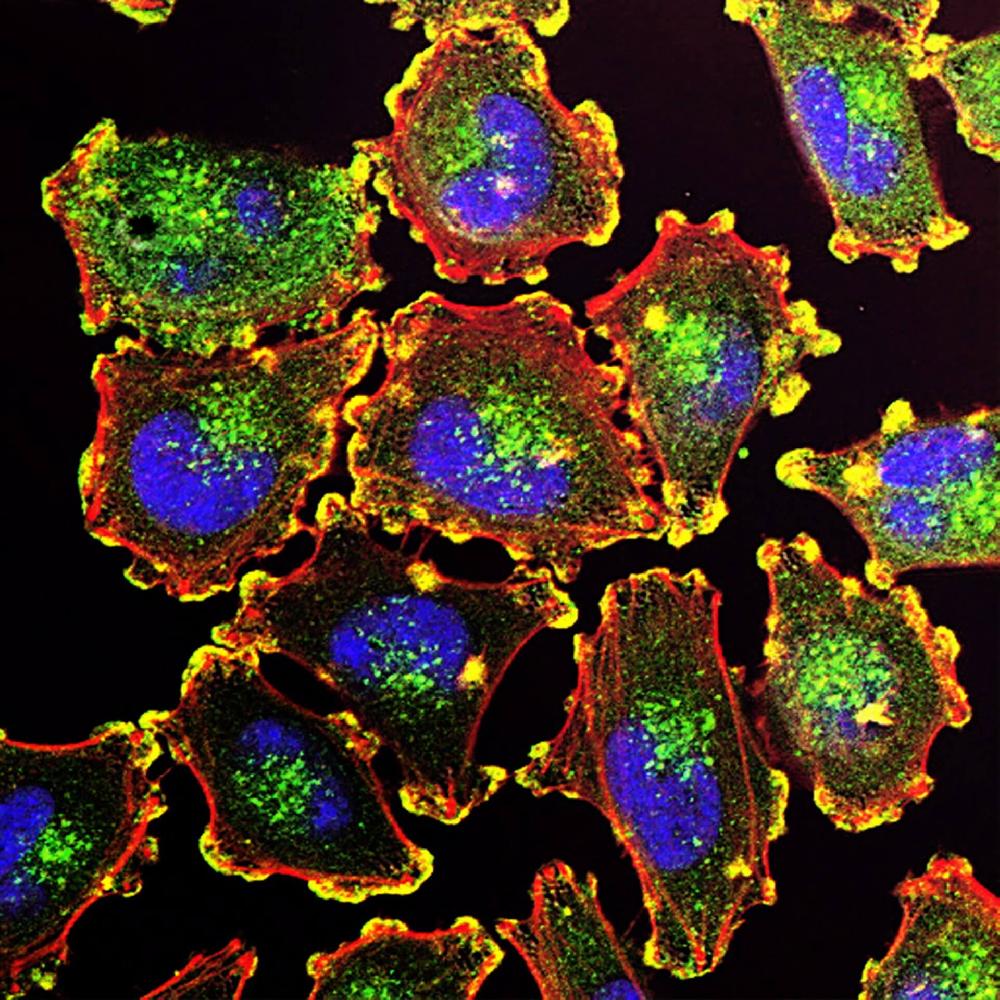This website uses cookies to ensure you get the best experience on our website.
- Table of Contents

Facts about E3 ubiquitin-protein ligase UBR2.

Plays a critical role in chromatin inactivation and chromosome-wide transcriptional silencing during meiosis through ubiquitination of histone H2A. Binds leucine and is a negative regulator of the leucine-mTOR signaling pathway, thereby controlling cell growth.
| Human | |
|---|---|
| Gene Name: | UBR2 |
| Uniprot: | Q8IWV8 |
| Entrez: | 23304 |

| Belongs to: |
|---|
| UBR1 family |

bA49A4.1; C6orf133MGC71112; chromosome 6 open reading frame 133; dJ242G1.1; dJ392M17.3; DKFZp686C08114; E3 ubiquitin-protein ligase UBR2; EC 6.3.2.-; KIAA0349FLJ36357; N-recognin-2; RP3-392M17.3; ubiquitin protein ligase E3 component n-recognin 2; Ubiquitin-protein ligase E3-alpha-2; Ubiquitin-protein ligase E3-alpha-II
Mass (kDA):
200.538 kDA

| Human | |
|---|---|
| Location: | 6p21.1 |
| Sequence: | 6; NC_000006.12 (42563954..42693505) |
Broadly expressed, with highest levels in skeletal muscle, kidney and pancreas. Present in acinar cells of the pancreas (at protein level).
Nucleus. Associated with chromatin during meiosis.




PMID: 15548684 by Kwak K.S., et al. Regulation of protein catabolism by muscle-specific and cytokine- inducible ubiquitin ligase E3alpha-II during cancer cachexia.
PMID: 15317757 by Yin J., et al. RECQL4, mutated in the Rothmund-Thomson and RAPADILINO syndromes, interacts with ubiquitin ligases UBR1 and UBR2 of the N-end rule pathway.